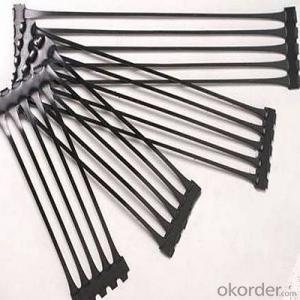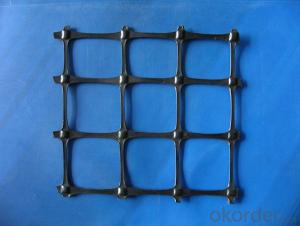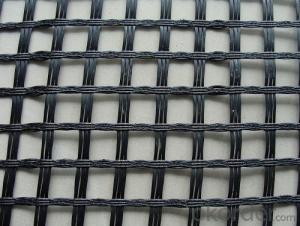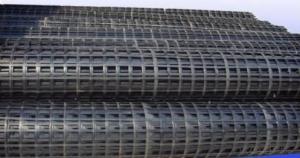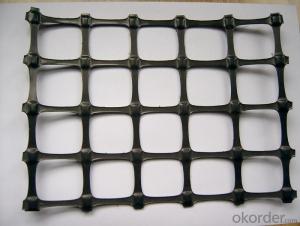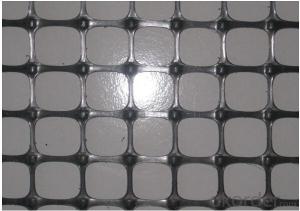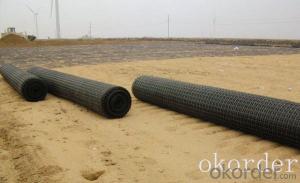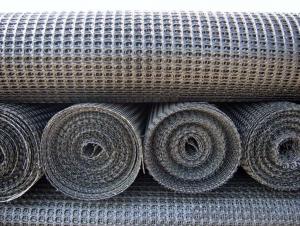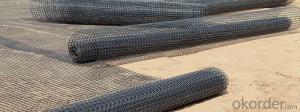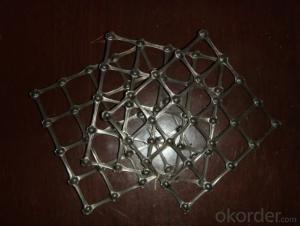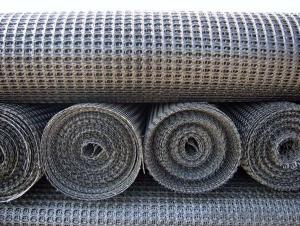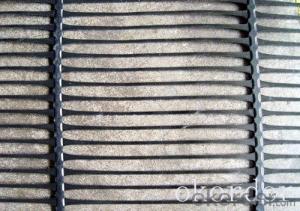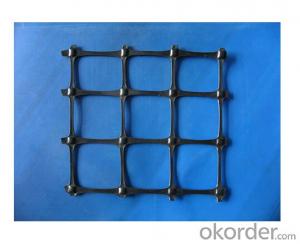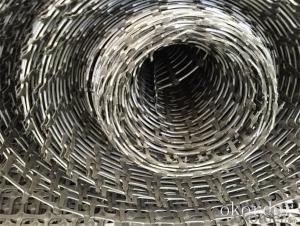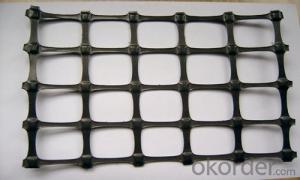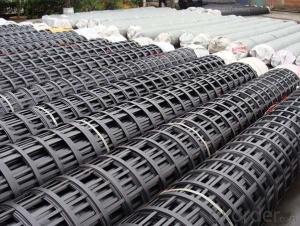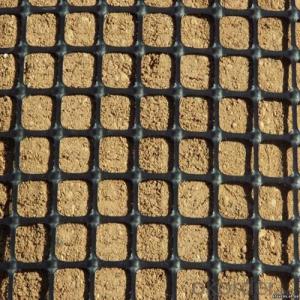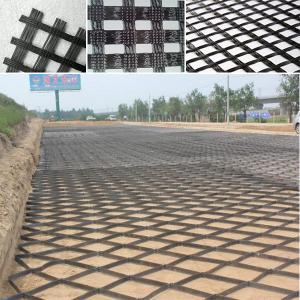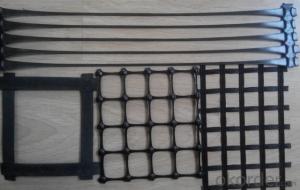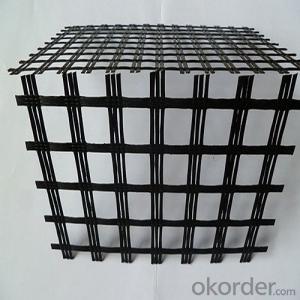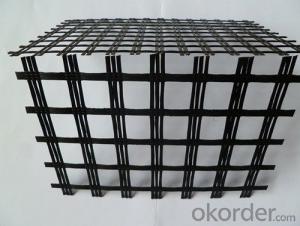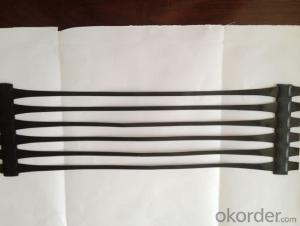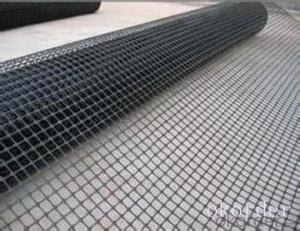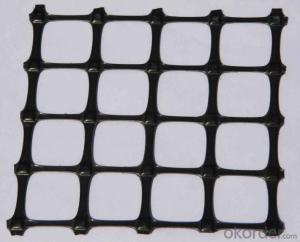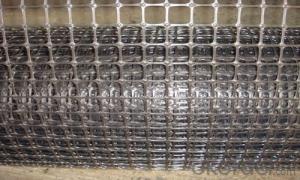Biaxial Polypropylene Geogrid
Biaxial Polypropylene Geogrid Related Searches
Polypropylene Biaxial Geogrid Polypropylene Geogrid Biaxial Plastic Geogrid Pp Biaxial Geogrid Polyethylene Geogrid Biaxial Integral Geogrid Bidirectional Geogrid Multiaxial Geogrid Biaxial Geogrid Specifications Biaxial Geogrid Bx1200 Uniaxial Geogrid Tensar Biaxial Geogrid Biaxial Geogrid Bx1100 Triaxial Geogrid Geogrid Uniaxial Tensar Bx1200 Biaxial Geogrid Tensar Bx1100 Biaxial Geogrid Extruded Geogrid Multi Axial Geogrid Biaxial Geogrid Suppliers Biaxial Geogrid Prices Tensar Biaxial Geogrid Bx1200 Tensar Biaxial Geogrid Bx1500 Geogrid Pavement Biaxial Geogrid Near Me Hdpe Uniaxial Geogrid Uniaxial Geogrid Specifications Warp Knitting Polyester Geogrid Asphalt Geogrid Tx160 Triaxial GeogridBiaxial Polypropylene Geogrid Supplier & Manufacturer from China
Biaxial Polypropylene Geogrid is a type of geosynthetic material made from high-quality polypropylene, which is known for its excellent tensile strength and durability. This product is specifically designed for civil engineering applications, providing reinforcement and stabilization to various soil structures. It is commonly used in road construction, slope protection, and other earthworks projects where soil reinforcement is necessary.The biaxial polypropylene geogrid is utilized in a wide range of applications, including but not limited to, roadbed reinforcement, embankment support, and retaining wall construction. Its unique properties allow it to effectively distribute loads, reduce soil settlement, and prevent soil erosion. This makes it an ideal solution for projects where soil stability and load-bearing capacity are critical factors. By incorporating this geogrid into the construction process, engineers can ensure the long-term stability and performance of the infrastructure.
Okorder.com is a reputable wholesale supplier of biaxial polypropylene geogrid, offering a vast inventory of this essential geosynthetic material. As a leading distributor in the industry, Okorder.com is committed to providing high-quality products at competitive prices, ensuring that customers receive the best value for their investment. With a comprehensive selection of biaxial polypropylene geogrid products, Okorder.com is the go-to source for contractors, engineers, and other professionals in need of reliable soil reinforcement solutions.
Hot Products


